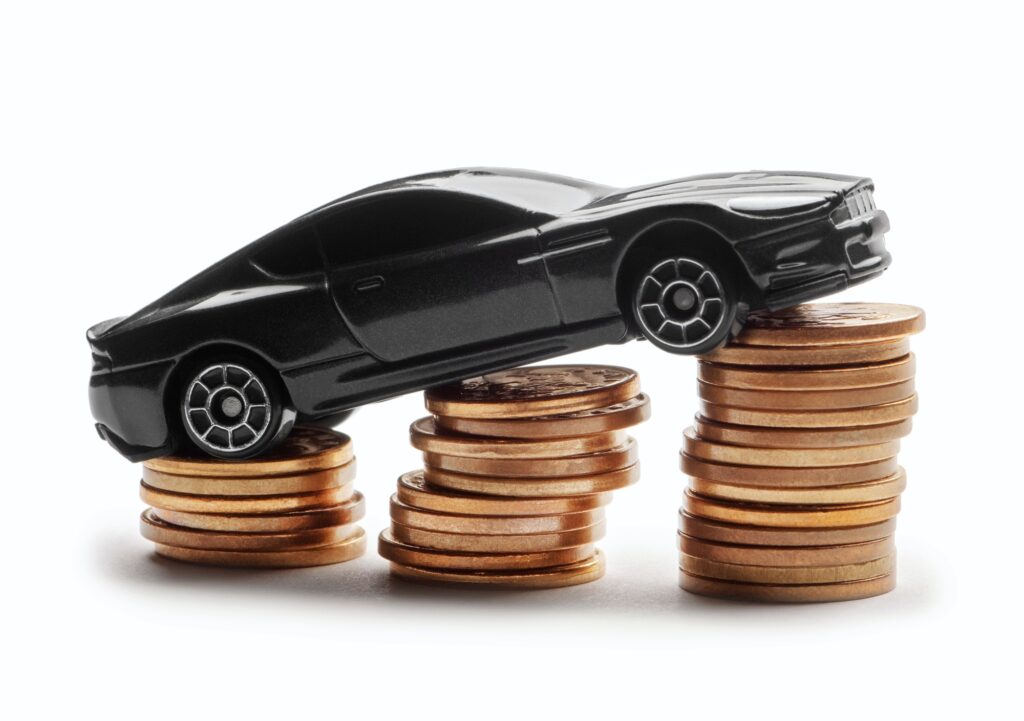Gap Insurance is an optional insurance policy for those financing their car purchase. It’s designed to cover the ‘gap’ between what your car is worth and what you owe on it in case of total loss or theft. This type of insurance is particularly relevant for new cars, which can depreciate rapidly in the first few years.
When you finance a car, especially with a small down payment or a long loan term, you can quickly find yourself owing more on the loan than the car is worth. This is known as being “upside down” on your loan. If your car is totaled or stolen during this time, standard auto insurance policies will only pay out the current market value of the vehicle, which may not be enough to cover the remaining balance on your loan. This is where gap insurance comes in.
Gap insurance is particularly important for those who:
- Put a small down payment on a new car.
- Have a long-term car loan (more than 60 months).
- Lease their vehicle (many lease agreements actually require gap insurance).
- Purchase a car model that depreciates faster than average.
However, gap insurance isn’t necessary for everyone. If you made a significant down payment or have a short-term loan, you might not need it. Additionally, if you’re buying a used car, the initial depreciation has already occurred, so the gap between the loan amount and the car’s value might not be significant.
When considering gap insurance, compare the costs and benefits. Check if your auto insurer offers gap insurance and at what cost. Sometimes, it’s more affordable to add it to your existing policy rather than buying it through the dealership. Also, be sure to cancel the gap insurance once you owe less on the car than it’s worth.
Please rate this post

With over 20 years of experience in the car business, I’ve navigated the evolution of the industry from traditional sales to the dynamic digital age. My journey through various roles in both sales and management has endowed me with a unique perspective on the challenges and opportunities in automotive sales today.
As the founder of Shawn Ryder Digital, I combine my extensive background in technology with my deep understanding of the automotive industry. This synergy allows me to craft digital marketing strategies that are not just effective but tailored to the specific needs of each dealership. My commitment is to drive your sales, enhance your brand awareness, and ensure your dealership thrives in the digital landscape.
Here at Shawn Ryder Digital, we’re not just about providing services; we’re about building partnerships. As I often say, “In the fast-paced world of digital marketing, staying ahead isn’t just an option; it’s a necessity.”
Together, let’s embrace the challenges of the digital age and turn them into opportunities for growth and success. Join me in redefining the future of automotive digital marketing. Let’s accelerate your dealership’s journey to the top.
